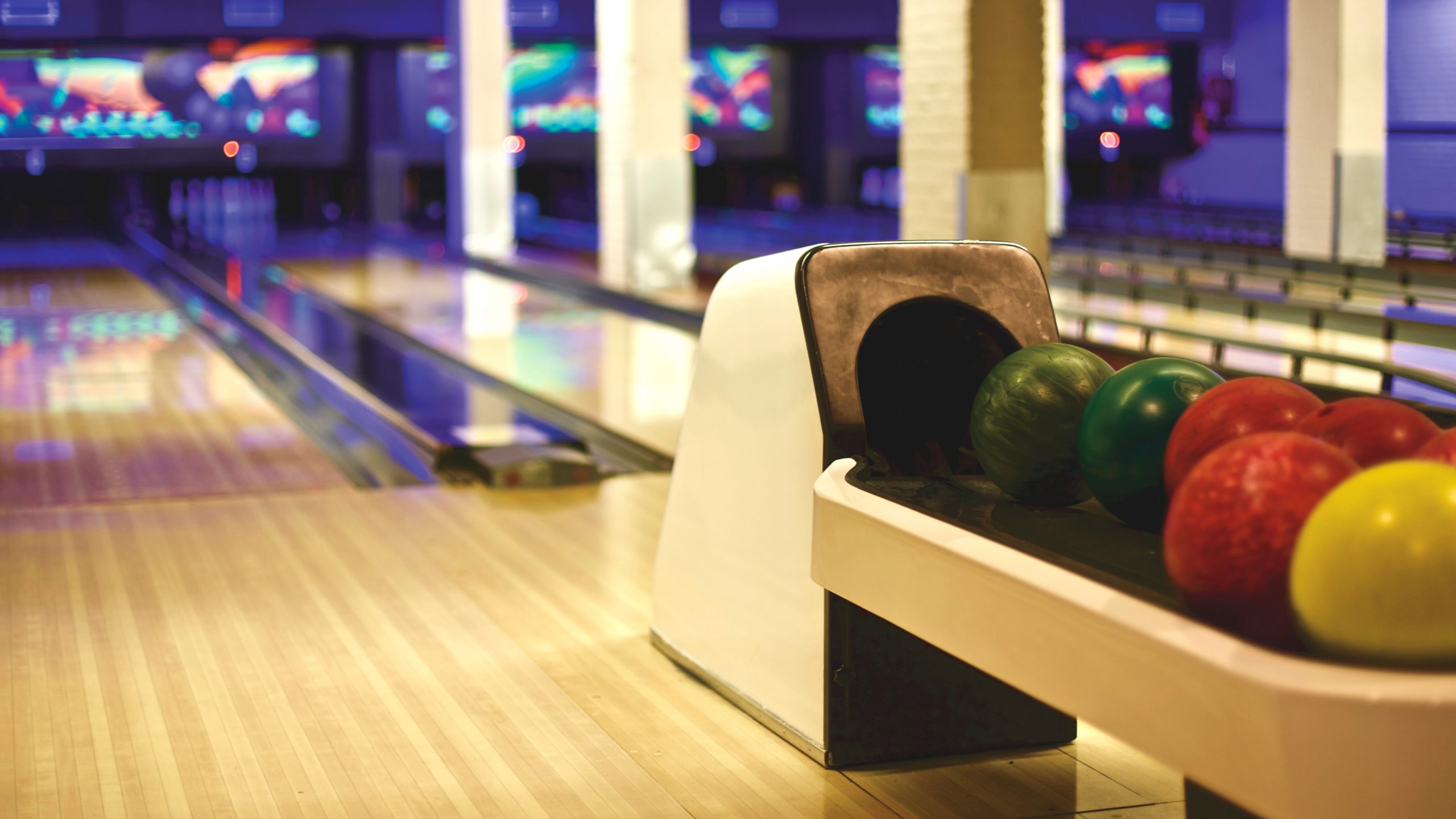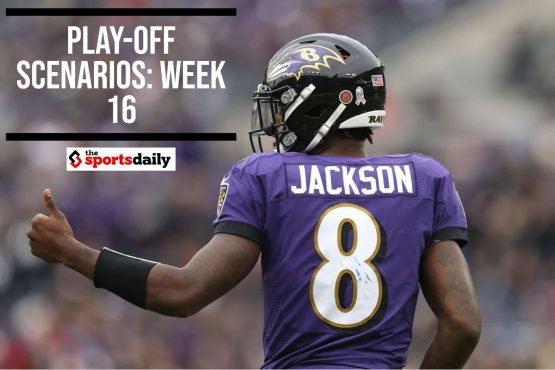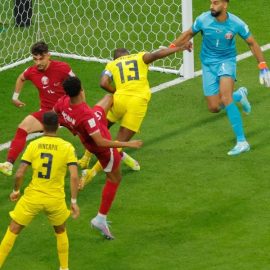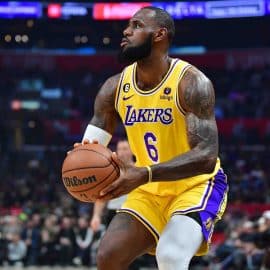Can bowling with the right ball change your game? Absolutely, as weight and other matters that we will discuss here impart your throw and hook. When having your own bowling ball made, there are a number of things to consider.
- The Weight of the Ball
Why should you care about the weight? Well, too heavy a ball will be hard to handle and throw. It could even put too much pressure on your fingers. Too light and it won’t quite hook as you wished. You just won’t have that much control. The main determinant is your body weight, according to experts. They recommend a ball that is 10% your body weight up to the maximum 16lbs, but this is not the only thought you should consider when choosing the right weight for you.
A custom-made bowling ball is drilled to fit your fingers perfectly, and experts say it will automatically feel 2lbs lighter. So, this gives you some space to play with, as it means you can add 2lbs to the weight of your ideal house ball.
As you get better with your throws, you will be more comfortable with heavier weight. You don’t want to rush into the heaviest weight when you are still a novice as you could injure your back, but adding a little over a period of time is the way to go.
- Material of the Coverstock
The outer material that covers a ball is known as coverstock, and it is available in three types; plastic or polyester, urethane, and reactive resin. Polyester is smooth, good for shooting straight, reasonably priced and durable, which is why it is the staple in most bowling alleys. Because of its smooth texture, it does not grip the lane, but most beginners won’t notice that so much.
Many a bowling ball buying guide recommend urethane and reactive-resin coverstocks to those bowlers who want to improve their game. Reactive-resin, though quite costly, cuts through oil on the lane, to avoid hooking too much and improve the hook at the grips. Urethane, which is just as good, hooks through the lane as it takes a gradual path towards the pins. Most experts agree that reactive-resin coverstocks provide a better strike potential.
One more coverstock material that isn’t too popular is particle, also known as proactive coverstock. A ball made of this coverstock has a bumpy surface that cuts through heavily oiled lanes all the way. They are liked better by advanced bowlers who know how to control them.
- Hook and Flare Potential of the Ball
These two are especially important to advanced bowlers. The flare potential of a ball is determined by its Radius of Gyration – RG – on the y and x-axis. Flare potential of a ball is maximum distance it can move, given the construction of its core. High flare balls are ideal for oily lanes while low flare balls do well on dryer grounds. There are three types of core; 3-piece, asymmetrical, and symmetrical.
3-piece cores – 3 pieces in the core covered by some weight at the top – are mostly found on plastic balls, and they have the lowest RG. Symmetrical – with an inner core and outer core covertstock – is even in all sides, and used in high-performing balls that do well on oily lanes. Asymmetrical cores are not even on all sides – hence the name – and they are mostly used on high-performance bowling balls that do well on heavily oiled lanes.
Get the Best Ball for your Skill-level
Beginners start with polyester as it is cheap and good on drier lanes. As you advance your skills, you will certainly feel the need for a better performer to complement your budding skills.
Add The Sports Daily to your Google News Feed!







